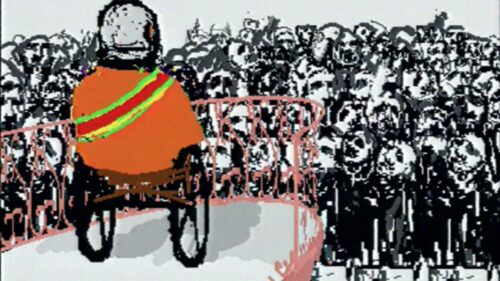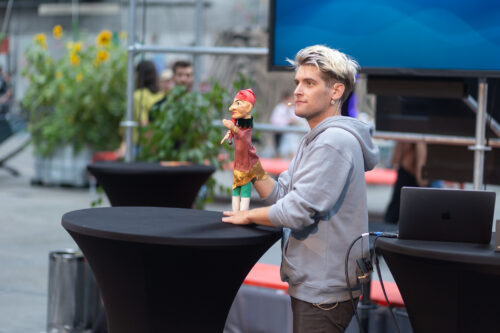Events Overview
-
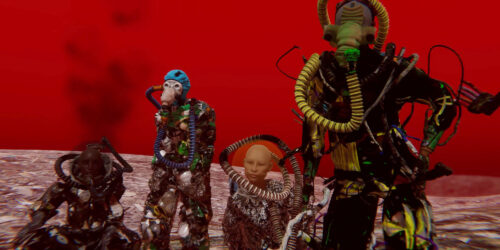
UKI: Scifi Viral Alt-Reality Cinema
Shu Lea Cheang (US)
“Set your electric sheep free range. It is 2060, what do you do with expired humanoids?”
-
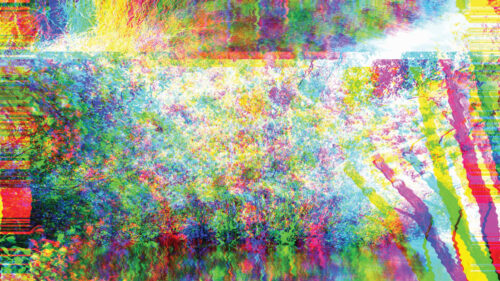
Sound Campus Live
Embracing a collective and non-hierarchical approach, this year’s Sound Campus emphasizes the fluidity of sound expression and music making. Through notions of performativity and improvisation, a multidimensional stage provides a caring frame for solidarity and creation.
-
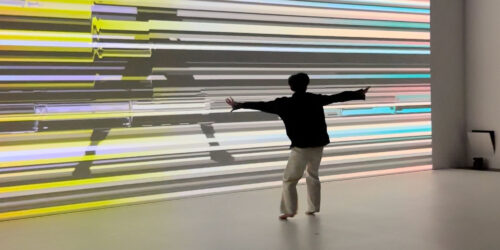
Interplayful Sensoric Environments – Live Performances
Dancers and Performers from IDA (Institute of Dance Arts, Anton Bruckner Private University)
A major area of research within the Time-Based and Interactive Media Arts Department is the playful exploration of the interactions between humans, sensors, and a high-resolution projection system. The result is a wide range of applications and artworks that invite the audience to experiment and interact, as well as live performances in collaboration with dancers…
-
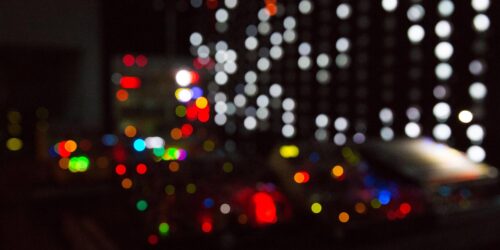
Detroit CCS Techno Party: From techno experience to user experience and back
Steven Stavropoulos AKA KE THU, Hailey Dukes AKA Father Dukes, Jenna Smith AKA Jem, Joe Linden AKA 2Lanes, Predrag K. Nikolic AKA DadaTag
Performance at POSTCITY, First Floor, Campus
-
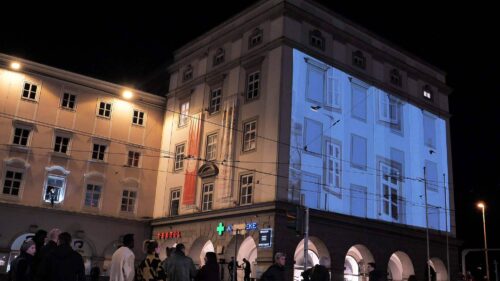
Essay on Symmetry
Hubert Lobnig (AT), Moritz Matschke (DE)
The symmetrical arrangement of the bridgehead buildings at Linz’s main square, and the mirror-image equality of the two façades, are the starting point for a site-specific intervention reflecting on the preference of totalitarian systems for simple forms of symmetry.
-
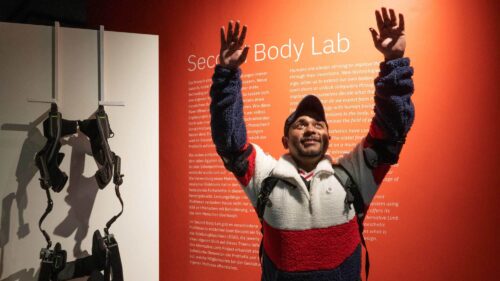
Presentation Exobility / Exoskeletons
Ars Electronica (AT)
Ever worn a robotic suit? We’ve seen exoskeletons in science fiction movies, but more and more workplaces are using robotic exoskeletons. What do you think about robotics getting so close to us? Give it a try!
-
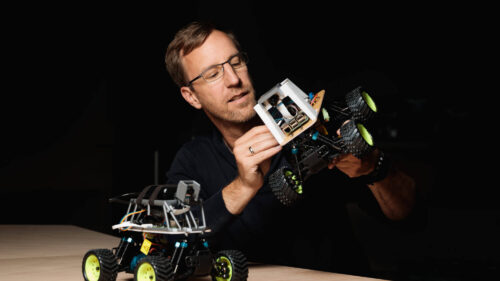
Presentation Machine Learning Studio
Ars Electronica (AT)
Humans spend their entire lives learning, but even intelligent machines can no longer do without permanent learning processes. In the Ars Electronica Center’s Machine Learning Studio, you’ll encounter these machines and even be able to train them yourself-for example, to teach small cars how to drive.
-
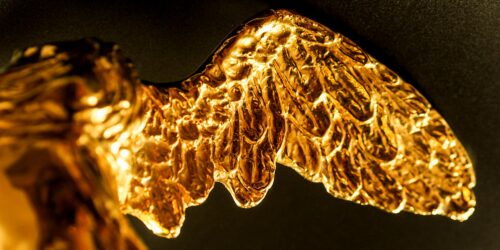
Award Ceremony (with invitation only)
The spotlight is on the artists and initiatives, prizewinners of this year’s Prix Ars Electronica, S+T+ARTS Prize’23 and the winners of the great new prizes from the European Union and our cooperation partners.
